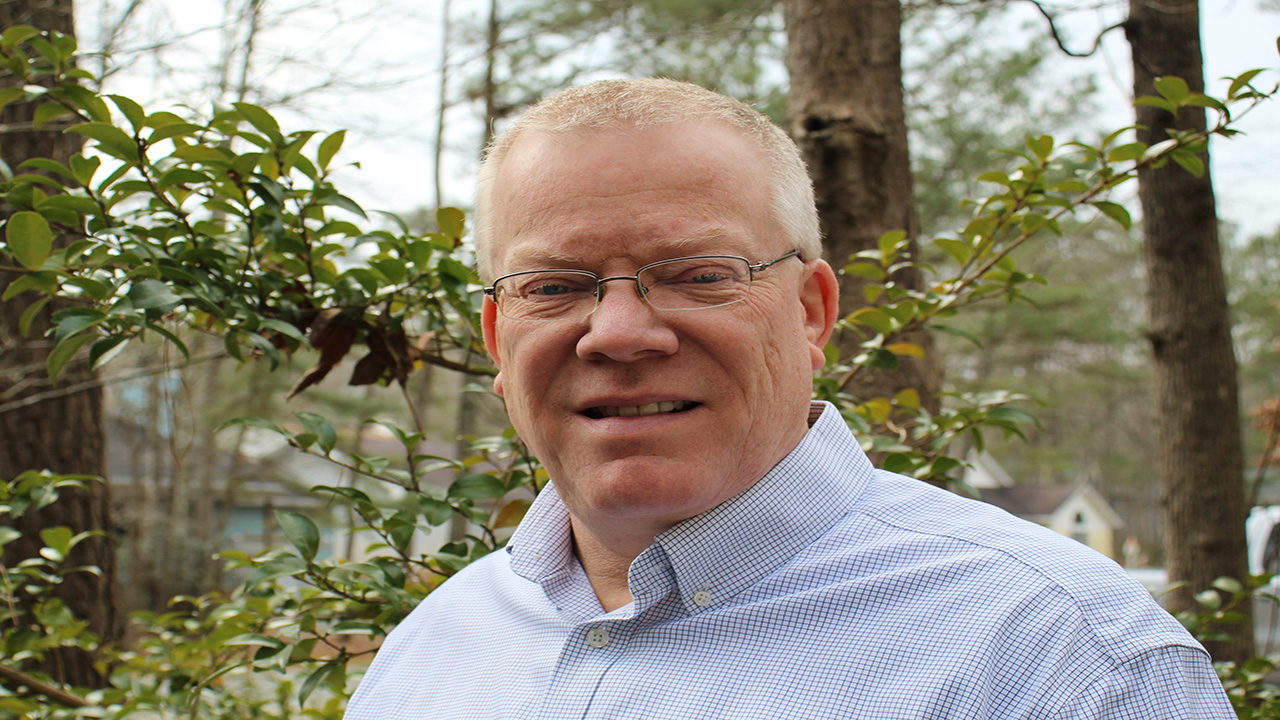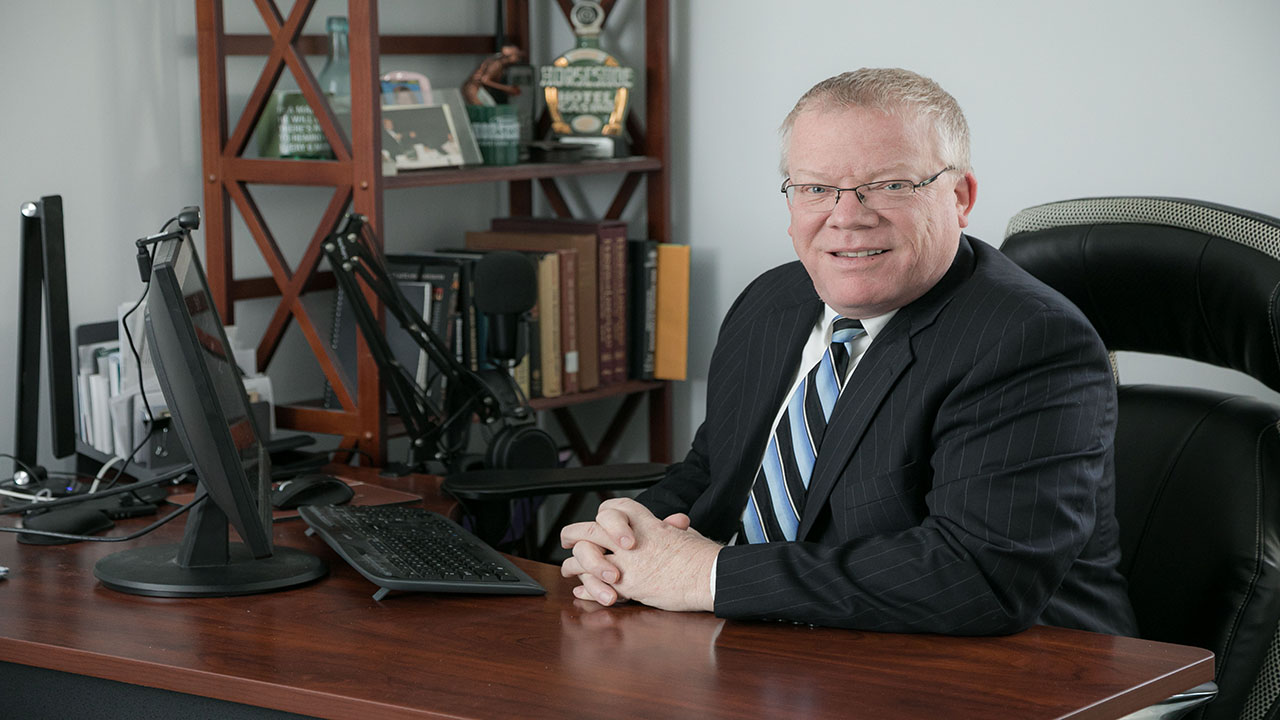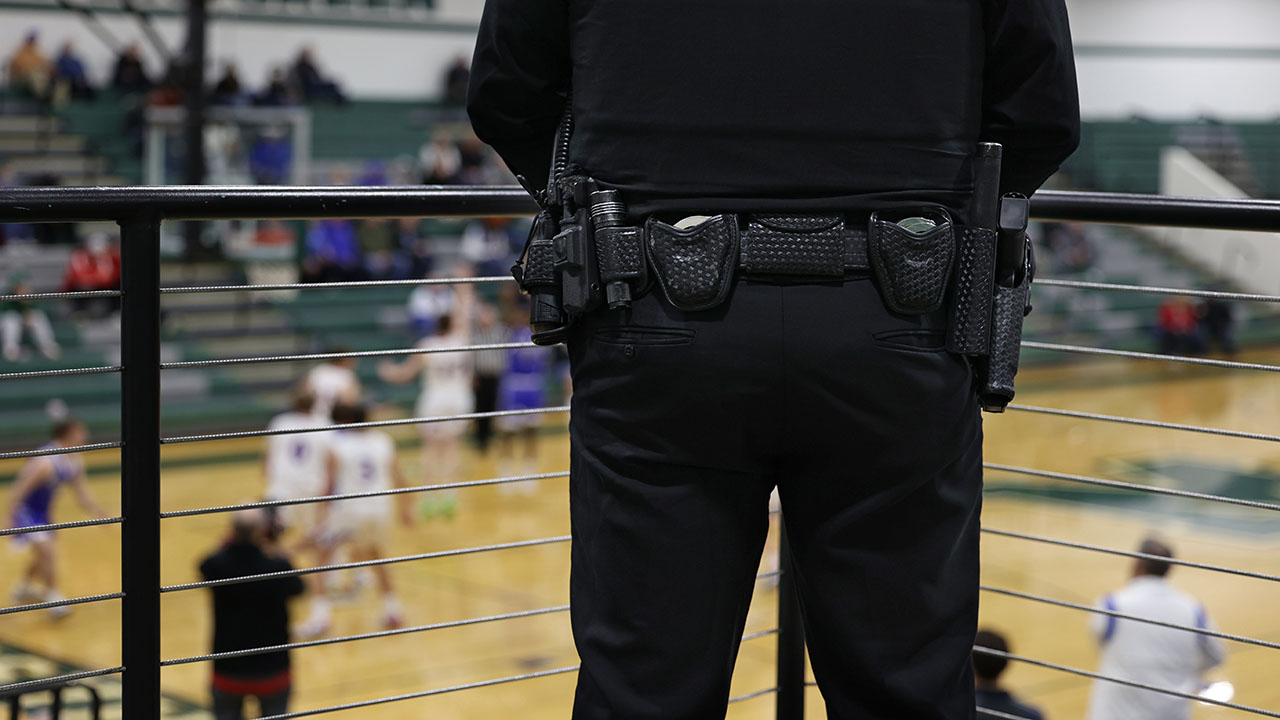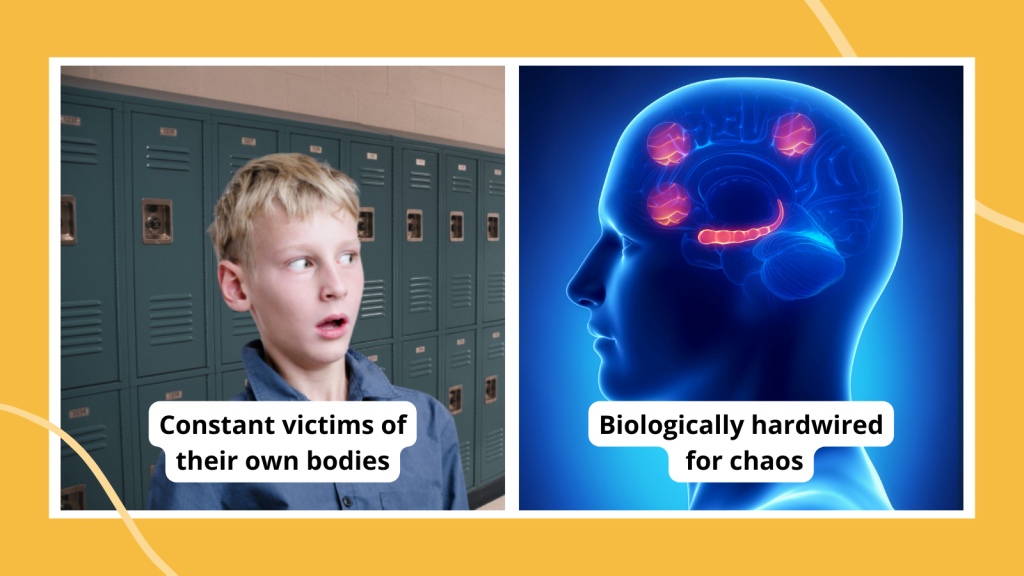
Students Have Climate Anxiety. Here’s What Educators Need to Be Able to Help Them (Opinion)
Teachers and administrators agree that climate change education is critical and that much more must be done to educate young people on the topic. Unfortunately, educators face barrier after barrier when it comes to incorporating climate education into their programming.
According to a recent report by the North American Association for Environmental Education and Edge Research, 74 percent of U.S. teachers and 80 percent of administrators agree that climate change will enormously impact students’ futures. Teachers want to see climate change curricula that equitably prioritizes the students who will be most impacted by the climate crisis, including those who live in communities that are disproportionately bearing the brunt of fires, floods, and other severe weather events. And it’s on school districts and policymakers to make it happen. Anything less fails our students where they need it most.
Bottom line: The survey found that more than half of the middle school and high school teachers reported that their students have expressed a deepening anxiety over the climate crisis, including worrying about the future and how climate change will impact their lives, while nearly half of the elementary teachers surveyed say students raise the issue in class. A recent international study found that three-quarters of young people felt that the “future is frightening,” with more than a third reporting a hesitance to have children because of the climate crisis.
We need a robust plan to tackle the climate crisis to ensure our teachers and administrators have the necessary resources and support to build their climate-education confidence. This means adopting climate education policies, strengthening a curriculum that integrates climate education in all disciplines to prepare young people for a changing future, and providing relevant resources and professional development for educators. Only by teaching both the science of climate change and climate justice can we give students the tools they need to be resilient in the face of it.
This important subject is largely ignored in most K-12 education because of a combination of lack of formal curriculum, lack of teacher preparation and teaching resources, and a lack of support from school boards and districts.
Our schools can—and should—be a part of the solution to the climate crisis. Here’s what we need to do:
First, we must pass national and state policies that prioritize climate change education, fund school-based climate education that includes project-based learning and community engagement, and provide professional development and aligned curriculum. Having policymakers back climate education also gives teachers and administrators the confidence to teach with sustainable resources. Without it, educators worry they are walking into fraught partisan battles.
We see some momentum in this area. States including Washington, California, and New Jersey show a path forward. In 2021, California allocated more than $6 million to support climate change education and offers a climate change curriculum and environmental education resources. New Jersey set aside $5 million to help teachers in lesson planning and professional development. Washington launched ClimeTime, an initiative to advance climate change education, with an initial $4 million annual commitment in 2018 and increased funding in successive years.
Second, teachers need accurate, locally and culturally relevant curricula from trusted sources. They also need a curriculum and other resources that will resonate with students. The recent NAAEE report found that only 21 percent of teachers feel “very informed” about climate change and can factually teach it.
Access to climate change resources builds teacher confidence: Seventy-four percent of teachers who say they have resources most of the time feel extremely confident, whereas only 39 percent of teachers feel confident without any teaching resources.
New Jersey is one of the states that provides resources on climate change education for teachers across subjects—helping teachers feel more confident about what they teach to students and indirectly ensuring that students have what they need to learn about the impact of climate change. Many national organizations, such as CLEAN and the National Center for Science Education, as well as local community-based groups, have developed resources to support educators that can be adapted to local contexts and model this interdisciplinary approach.
Finally, we must recognize that climate change education isn’t a science-only issue. It needs to be taught across grade levels and subjects as it touches on many aspects of our lives, from science and technology to history and civics to justice. Teaching across all subjects will help students understand its interdisciplinary nature and its impact on society.
There are many ways in which climate change can be incorporated into subjects outside of the sciences:
- Social studies: Teaching about climate change in social studies can help students understand the relationship between climate and society and how people can work together to create equitable solutions.
- Mathematics: Teachers can show students how to use essential math skills to analyze data on climate change, understand trends, and make predictions.
- English/language arts: Addressing climate change requires strong communication and media literacy skills. Teaching students how to read and write about climate change can help them communicate their ideas effectively.
- Arts: Climate change can be explored through various art forms, such as visual arts, music, and drama. Using these creative outlets can help students engage with the issue in a meaningful way.
It’s imperative that school districts and policymakers integrate climate education resources for teachers across subjects, now. Our youth deserve a holistic approach and the opportunity to cultivate the critical thinking, communication, and problem-solving skills necessary to combat this pressing global issue, address climate justice issues and the inequitable impacts on vulnerable communities, and prepare a new green workforce.
Students, teachers, and administrators are ready. Now is the time to take action through policy, funding, resources, and disciplines outside of science.
Dig Deeper With Our Longreads
Newsletter Sign up to get our best longform features, investigations, and thought-provoking essays, in your inbox every Sunday.
The MEN was founded by John Huber in the fall of 2020. It was founded to provide a platform for expert opinion and commentary on current issues that directly or indirectly affect education. All opinions are valued and accepted providing they are expressed in a professional manner. The Maryland Education Network consists of Blogs, Videos, and other interaction among the K-12 community.
Recent Video
Worc. Sheriff and SA recommend Schools Partner with SRDs to Trespass Any...
I this series of videos, I dive deeply into the recommendations that the Sheriff and State’s Attorney have put...




